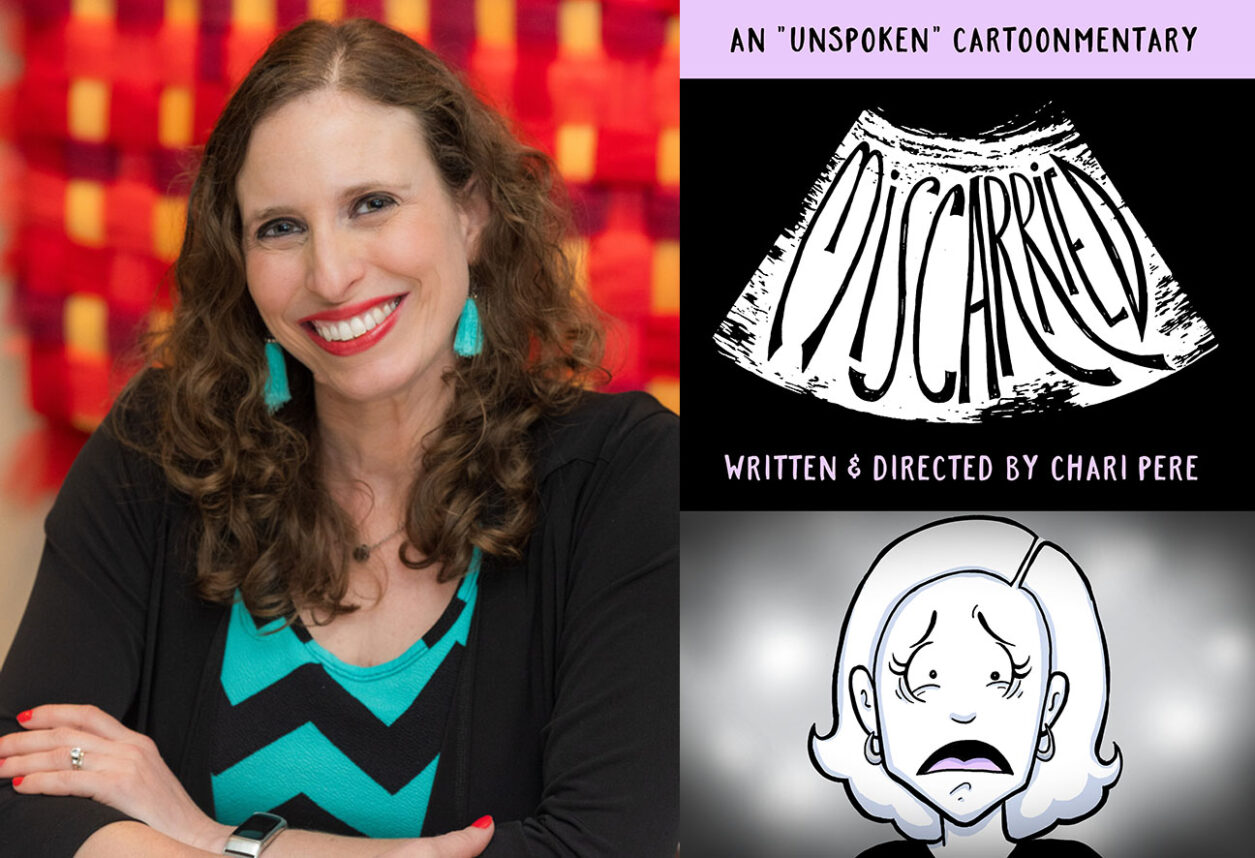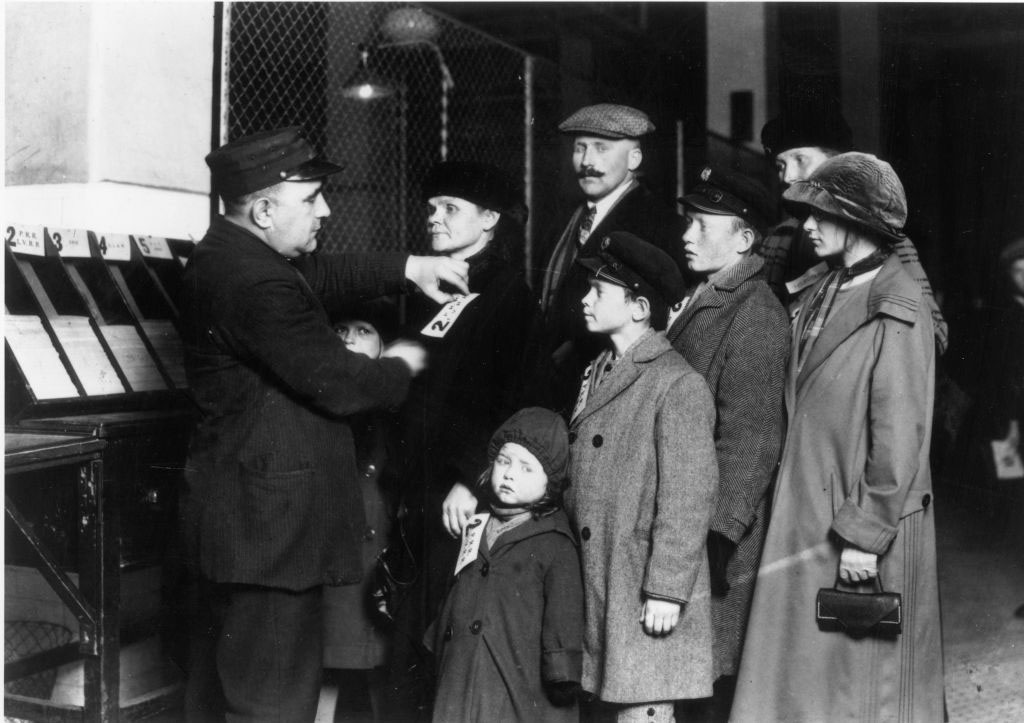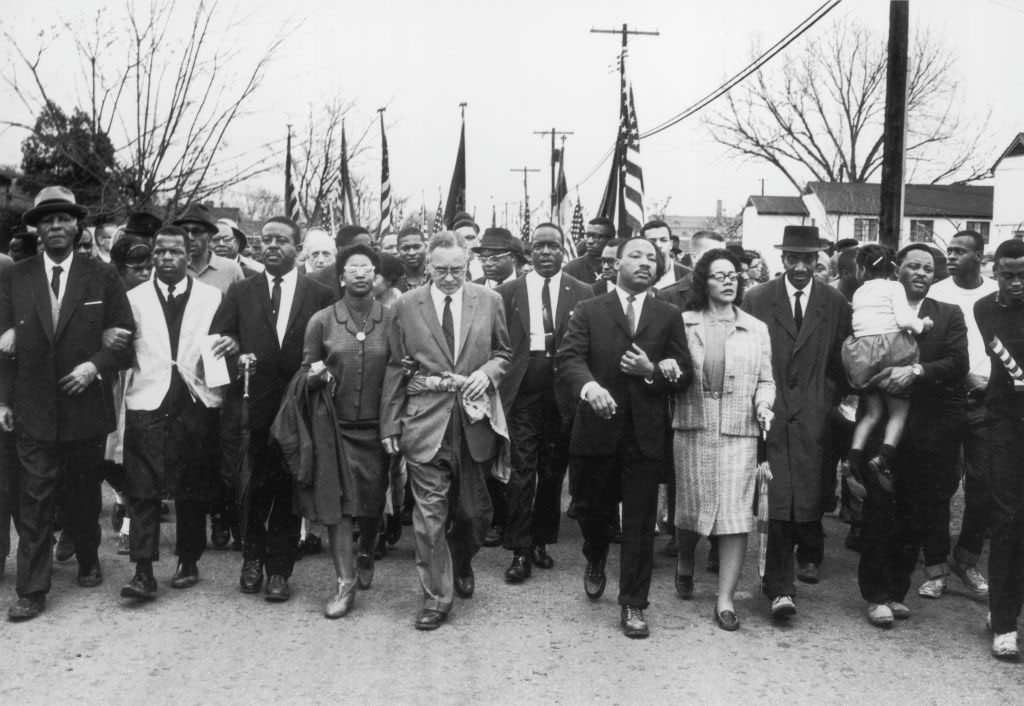Recently at a temple meeting, two temple board members were darkly describing the future as they had learned of it from an expert, who was not known to this demographer, who discussed future Jewish population trends. We were told that we couldn’t expect the continuation of the donation levels of Jews who went through the Holocaust era. The new Jewish Millennials aren’t used to paying their freight and aren’t joiners. Therefore, serious rethinking of the ways the Temple makes it’s budget needed to happen based on those demographic assumptions. It’s hard to forecast the future in any situation, especially a future based on future Jewish behaviors. It would be more helpful to base it on the presence and composition of Jewish people.
These decision-making assumptions at my local three hundred family LA Temple were based on pure, and probably mistaken, speculation about Jewish demographics. The accepted wisdom is that U.S. Jews are members of a growing population of co-religionists and that primarily shifts in communal behavior are due to shifts in “Jewish behaviors.” As no significant scientific survey Jewish demographic has been available in the U.S. or L.A. for over half a generation, the assumption of continued American and LA Jewish population growth reigns. The Jewish community likely continues to have an overall below replacement level birth rate. No large Jewish migrant flows to the U.S. or L.A have been in evidence in the last thirty years. Perhaps Jews are living longer, but an increment of a year or two of living longer is not going to do much for maintaining U.S. and L.A. Jewish population size.
What if we assumed that American and LA Jewish population is stagnant or declining and the rates of desirable Jewish communal behaviors such as Jewish giving and synagogue membership remained historically stable? One would likely witness Jewish organizations such as Temples, Jewish day schools, Kosher stores, etc. which were fishing from a smaller general pool for members, supporters and clients of the Jewish persuasion in all it’s flavors.
In a stagnant or declining demographic, competition to keep the critical mass needed to maintain a Jewish organization viable becomes fiercer. Finding the “secret sauce” to lure in and maintain members from what may be an imaginary potential client becomes increasingly frustrating. Some organizations resort to merging with other organizations, whether in good faith or not. Member/client stealing, coopting, cannibalizing and sometimes resorting to fraud, such as recently happened on Pico in order to maintain Kosher market share may start to characterize Jewish communal and organizational interaction.
While the Jewish community was actually growing, there was room to grow for Jewish organizations. It was assumed that there was sizable growing Israeli component of the LA and American Jewish population. The LA Jewish Federation set up an Israeli fundraising division for what was actually an already a highly participatory group although very modest in number, less than one percent of the total Jewish population. Fundraising showed no gains and fundraising costs greatly increased and so a net loss. Descriptions of ashamed Israelis hiding in the woodwork of LA abounded. Blaming of a (an actually non-existent) Israeli Jewish population was rampant with finger pointing at the already highly affiliated existing Israelis.
The existing Israelis believed the demographic propaganda and decided that they could reach the American Israelis ‘in the woodwork’ better than the local non-Israeli Jews and created a parallel splinter fundraising organization which competes with and replicates the Jewish Federation. Overall fundraising competition has increased while overall fundraising costs have increased and overall communal resources have probably declined.
This situation will continue and deteriorate as long as the community abstains from its responsibility of providing accurate planning information.
Pini Herman, PhD. specializes in demographics, big data and predictive analysis, has served as Asst. Research Professor at the University of Southern California Dept. of Geography, Adjunct Lecturer at the USC School of Social Work, Research Director at the Jewish Federation of Greater Los Angeles following Bruce Phillips, PhD. in that position and is a past President of the Movable Minyan a lay-lead independent congregation in the 3rd Street area. Currently he is a principal of Phillips and Herman Demographic Research. To email Pini: pini00003@gmail.com To follow Pini on Twitter: Follow @pinih





















 More news and opinions than at a Shabbat dinner, right in your inbox.
More news and opinions than at a Shabbat dinner, right in your inbox.